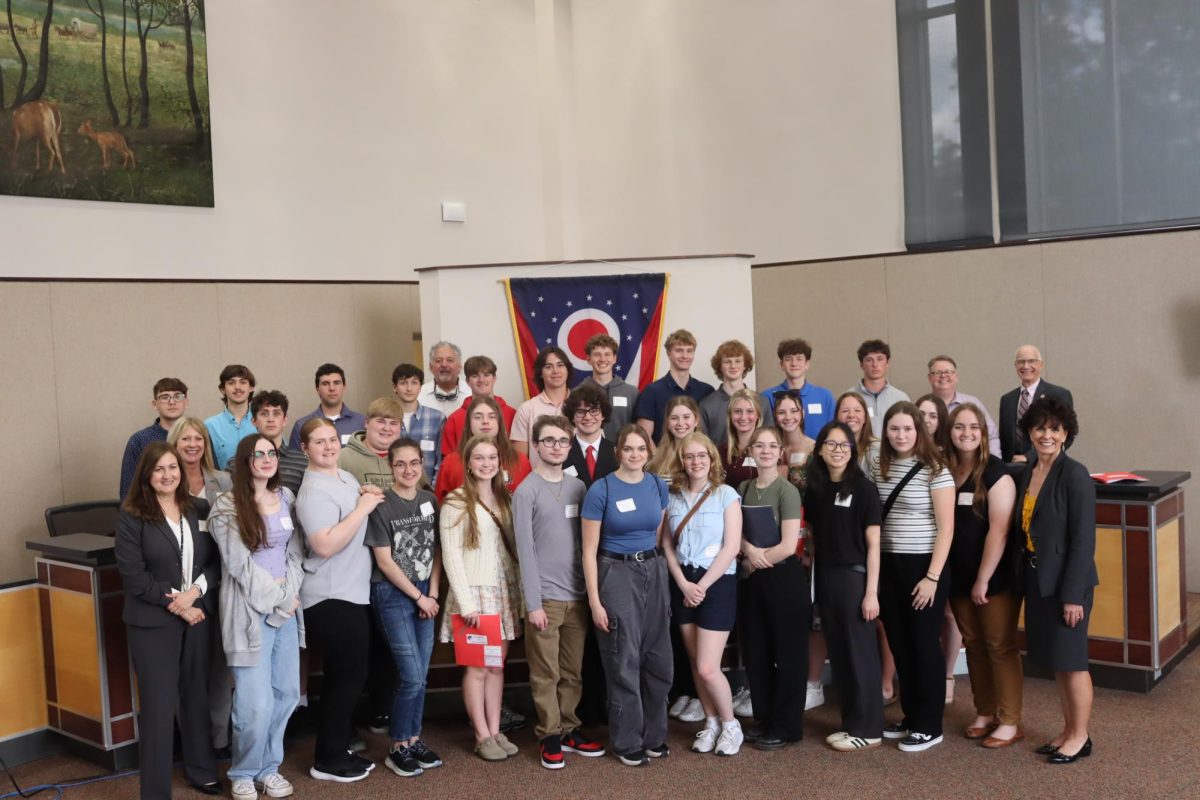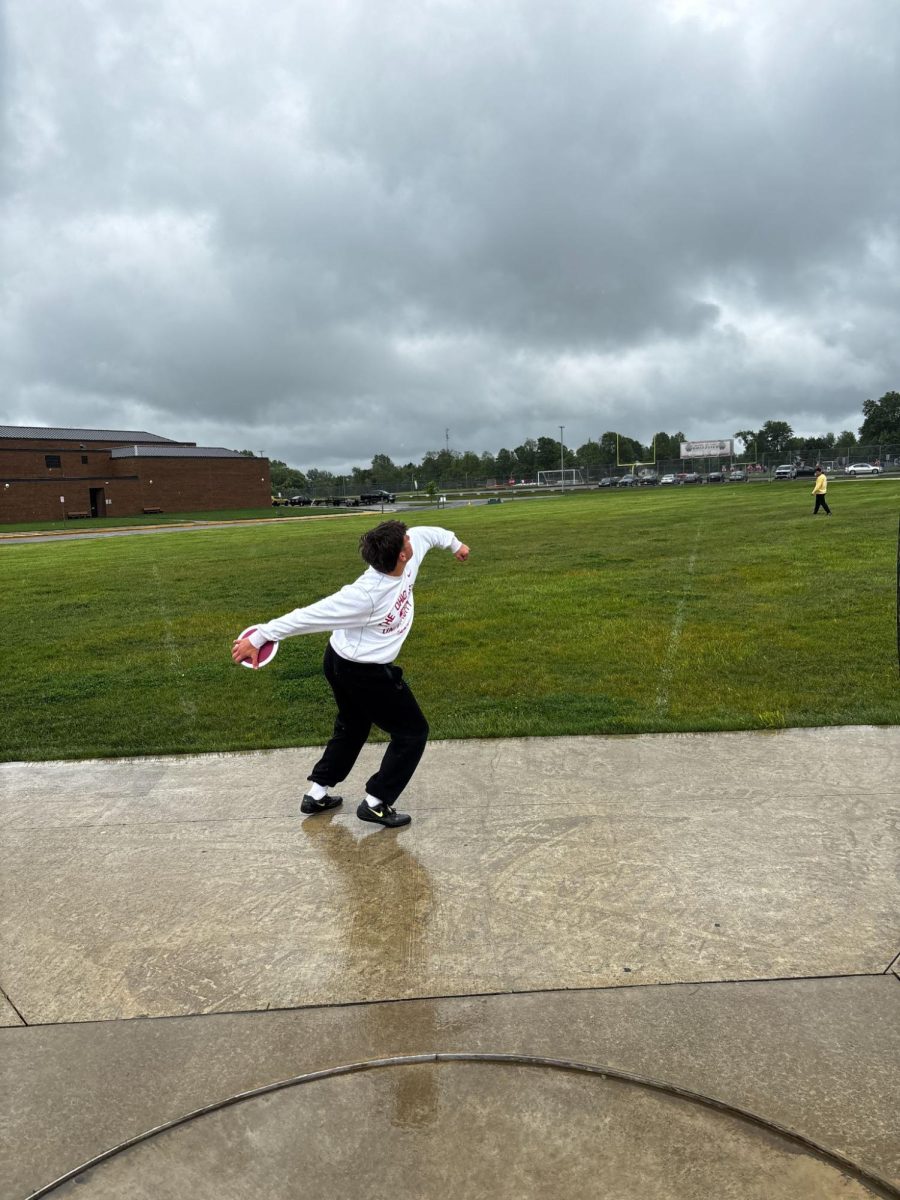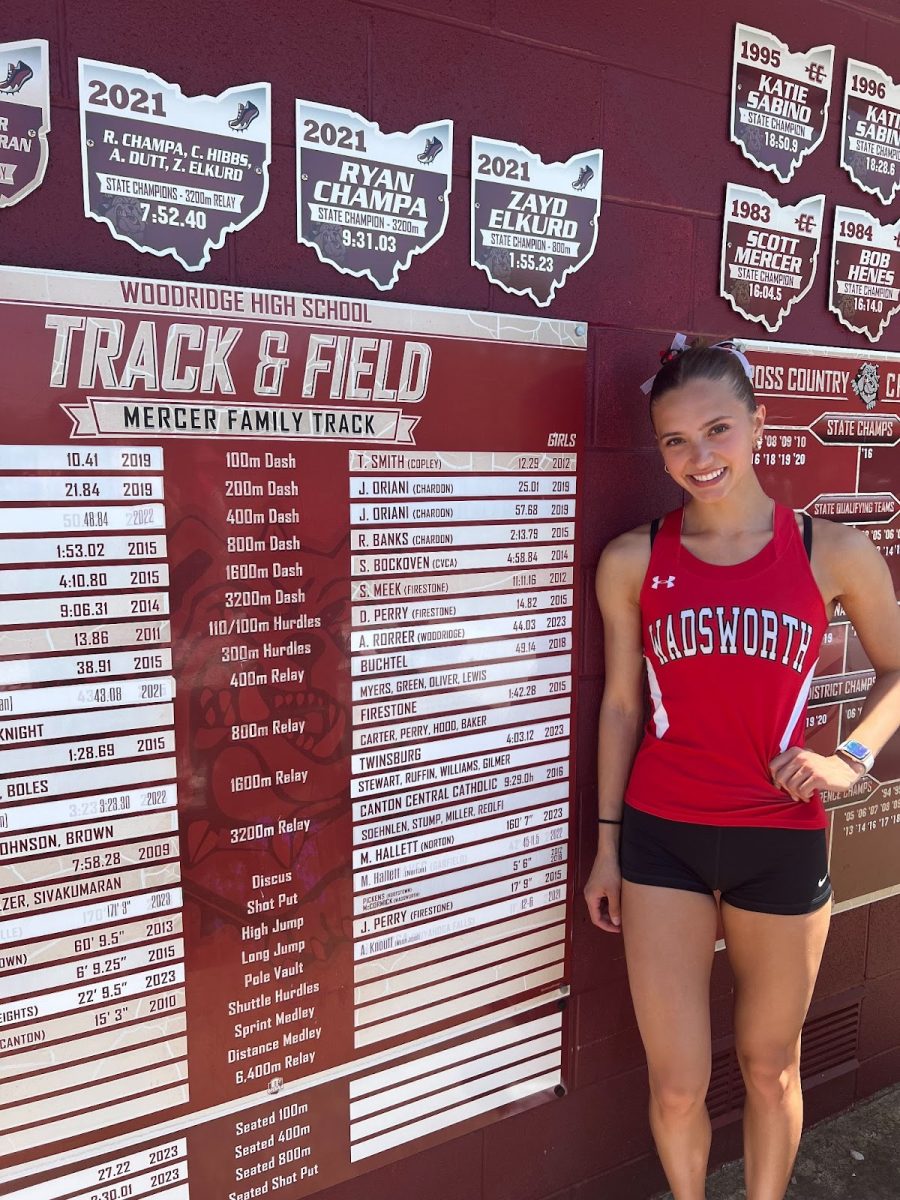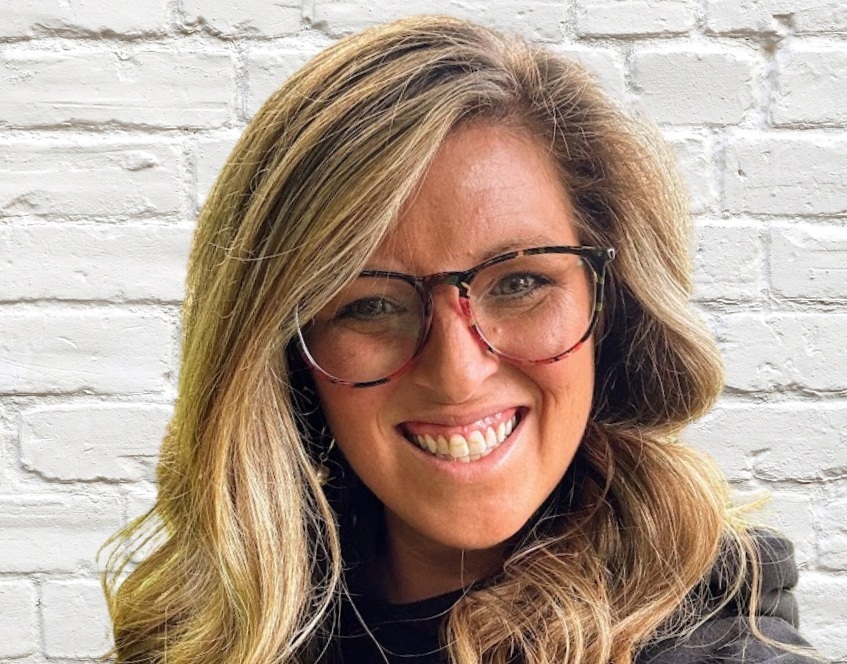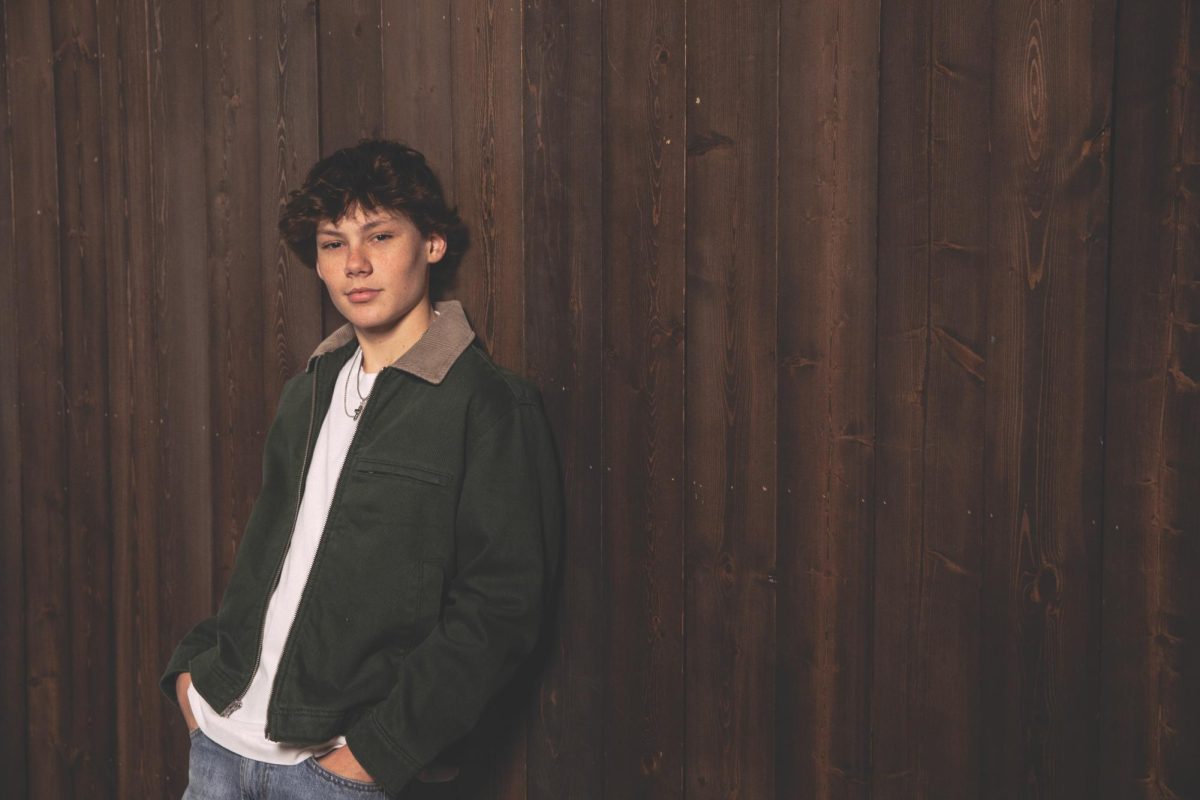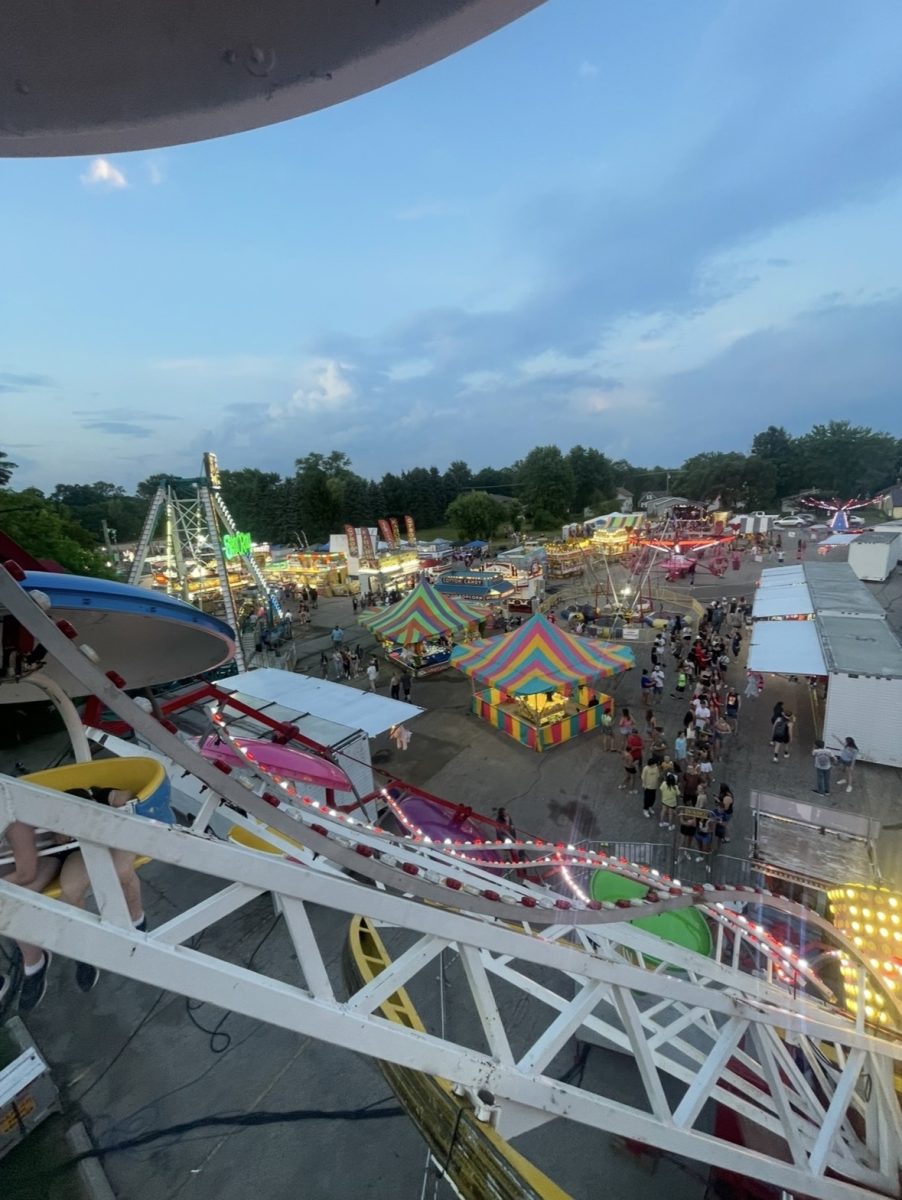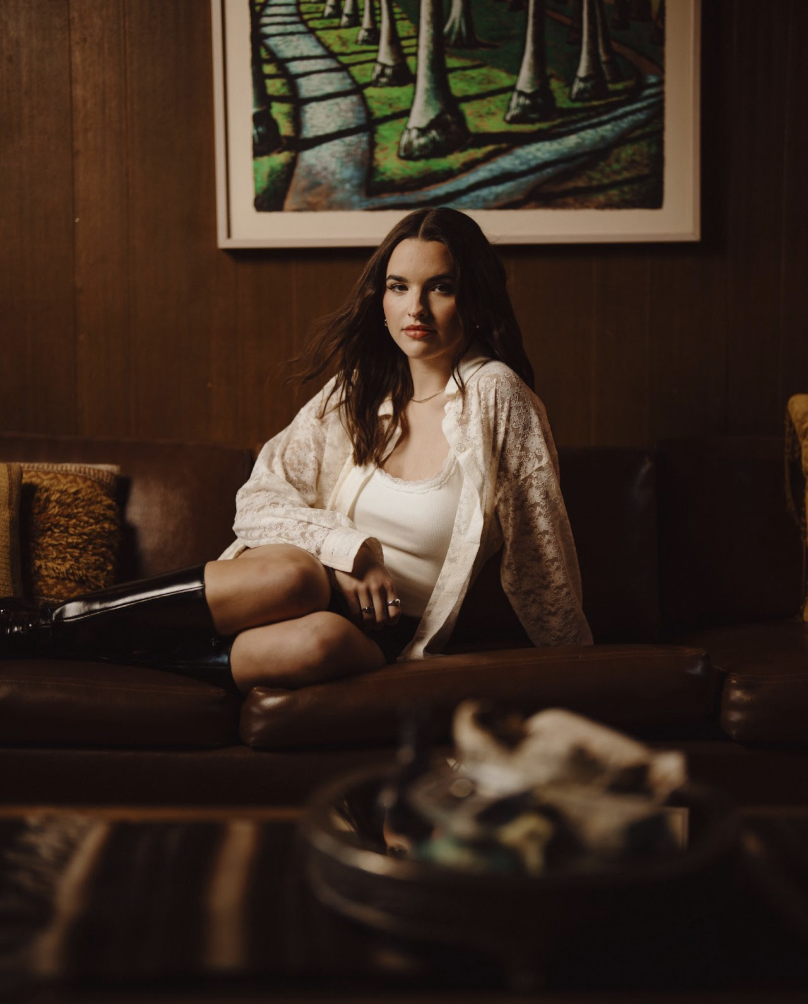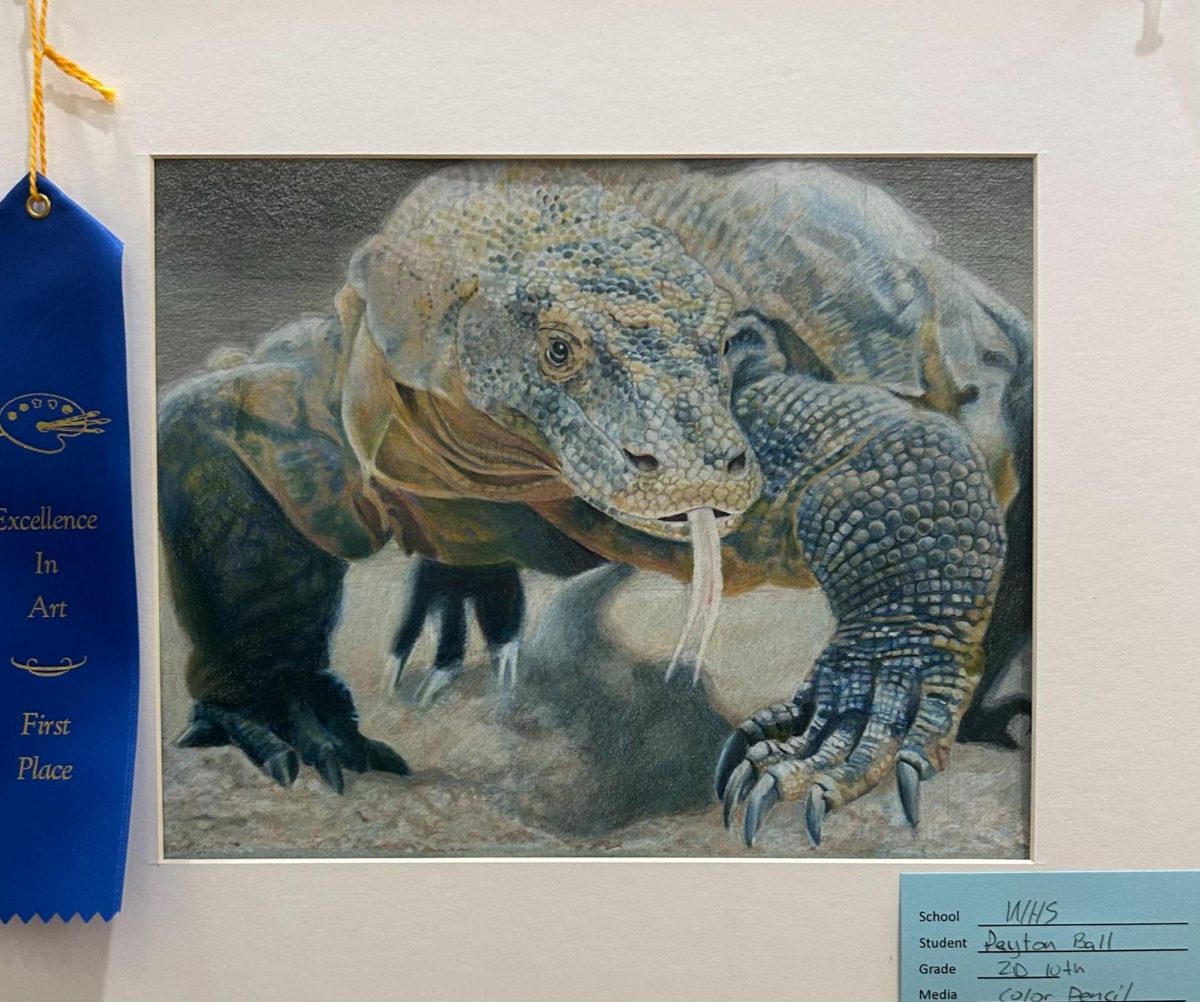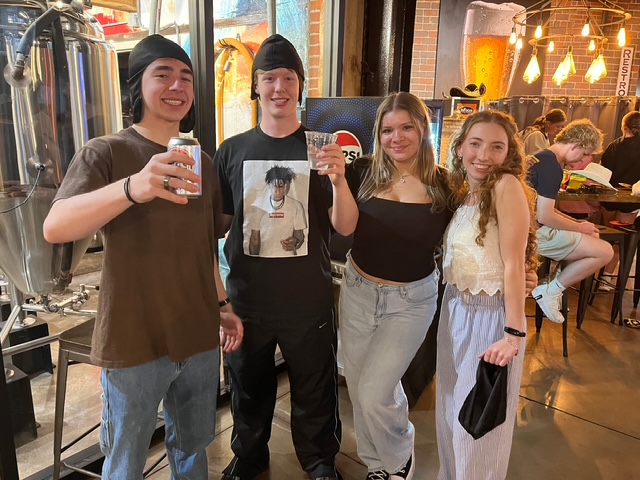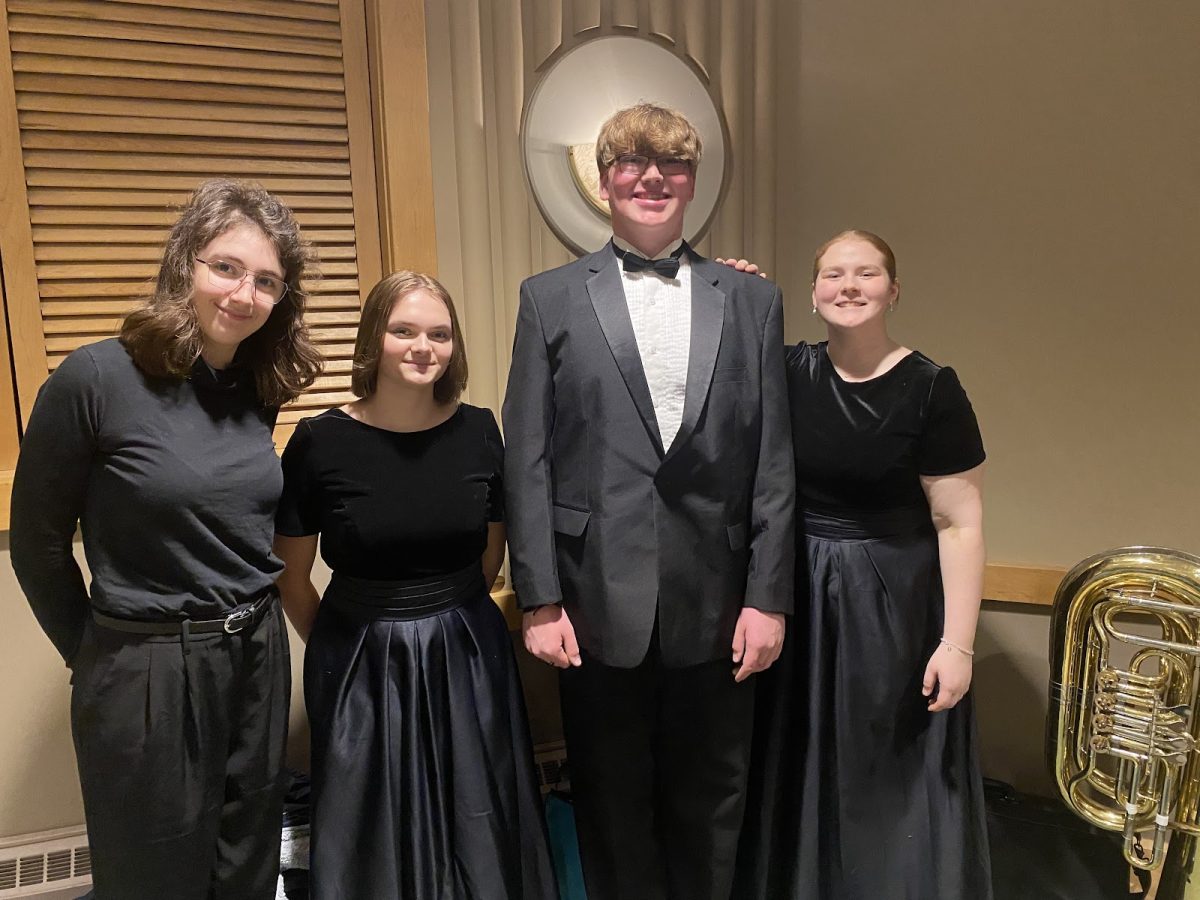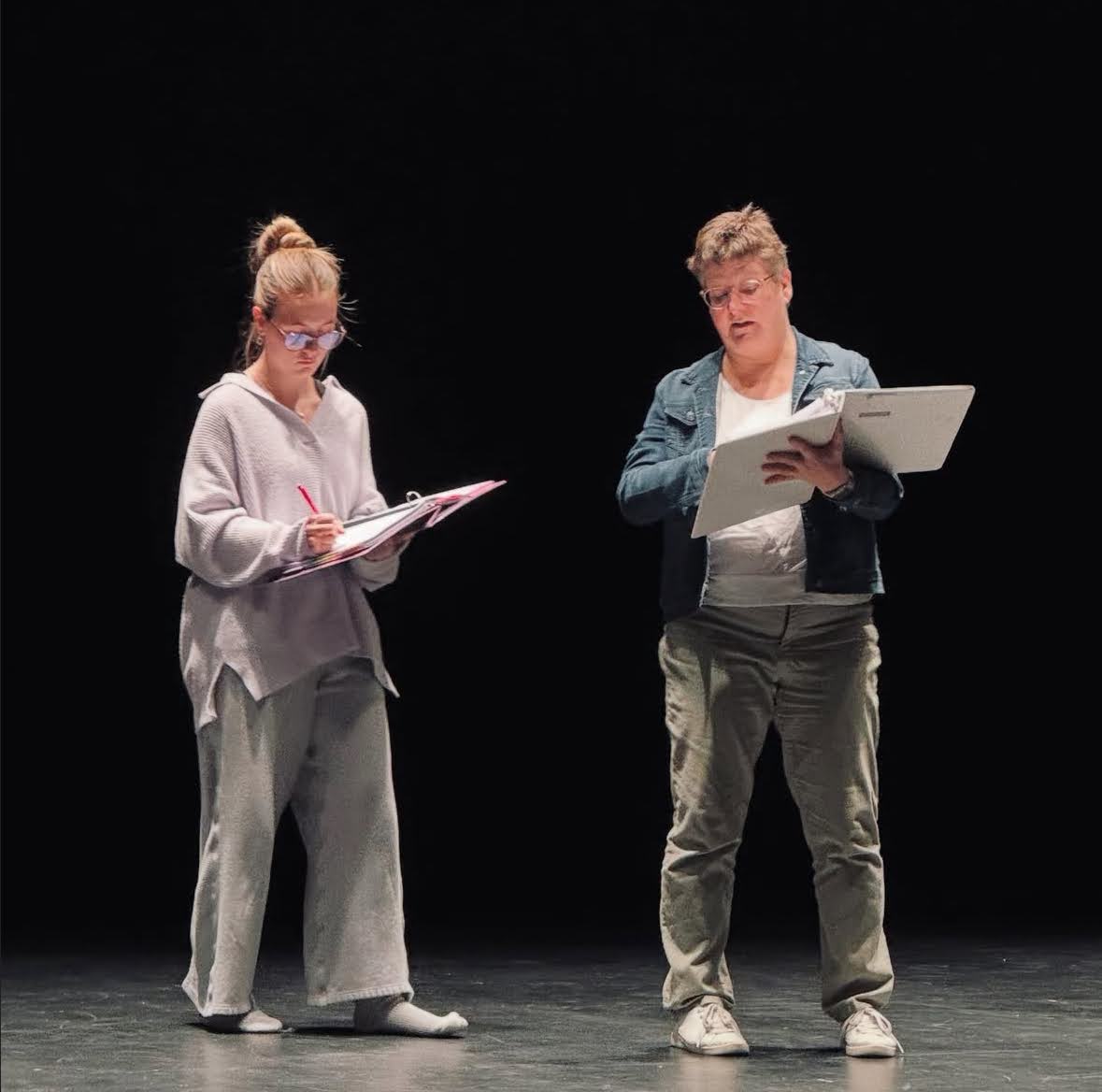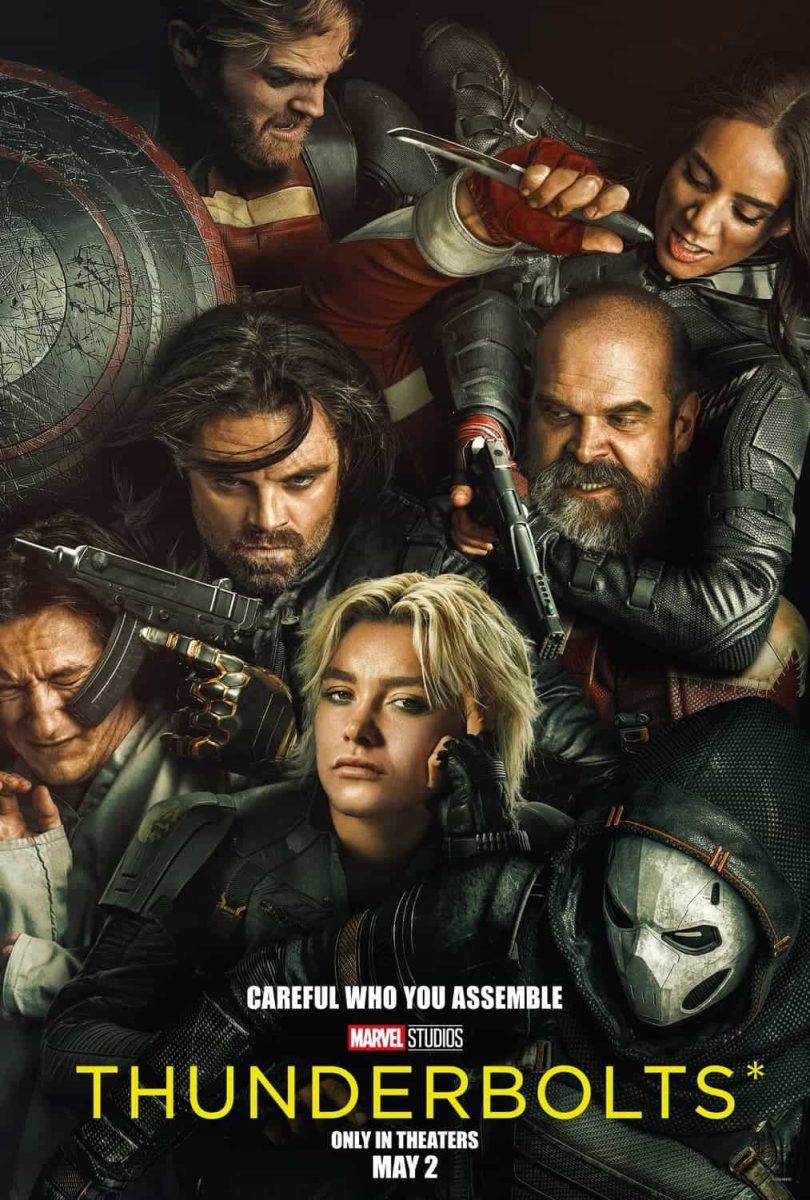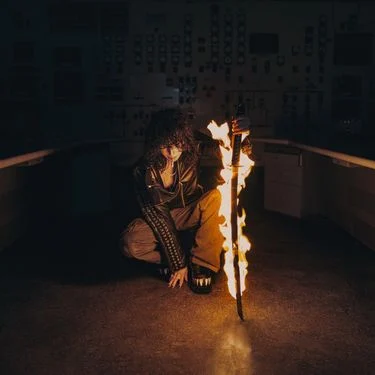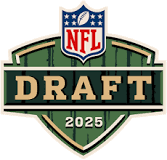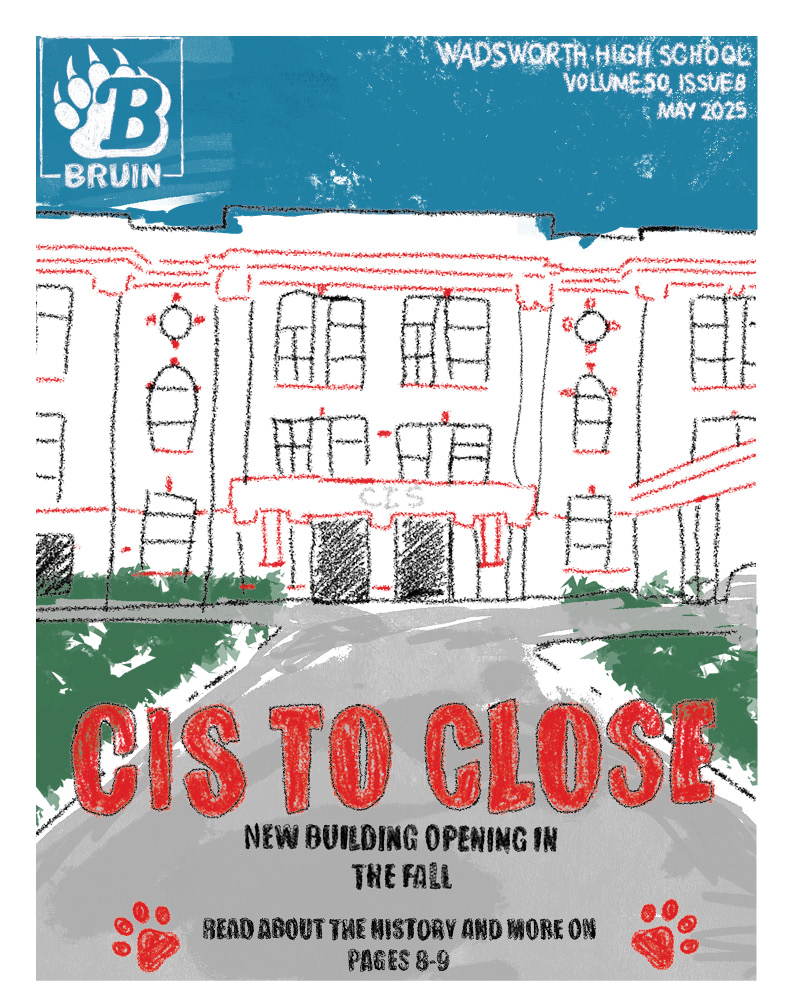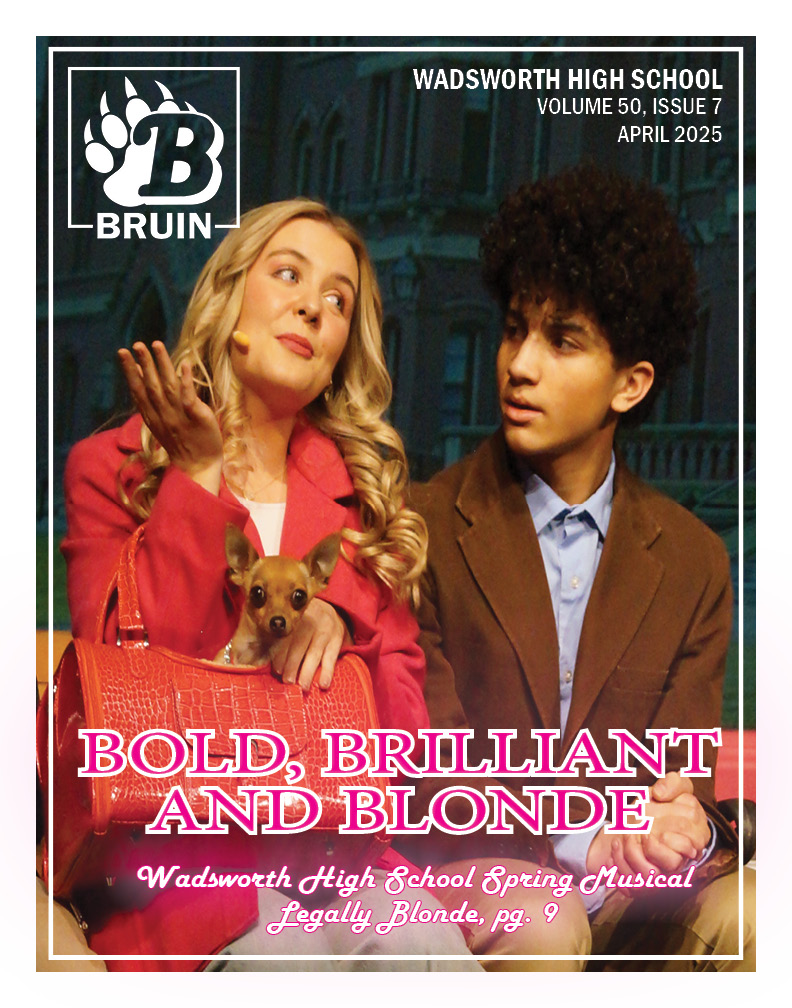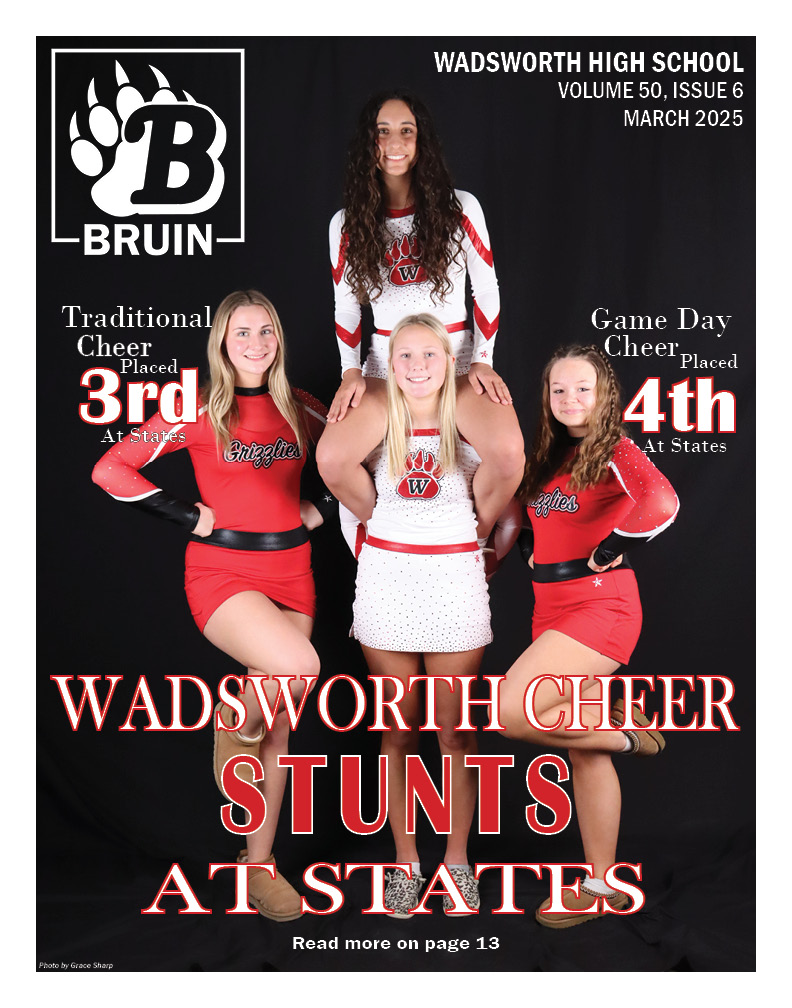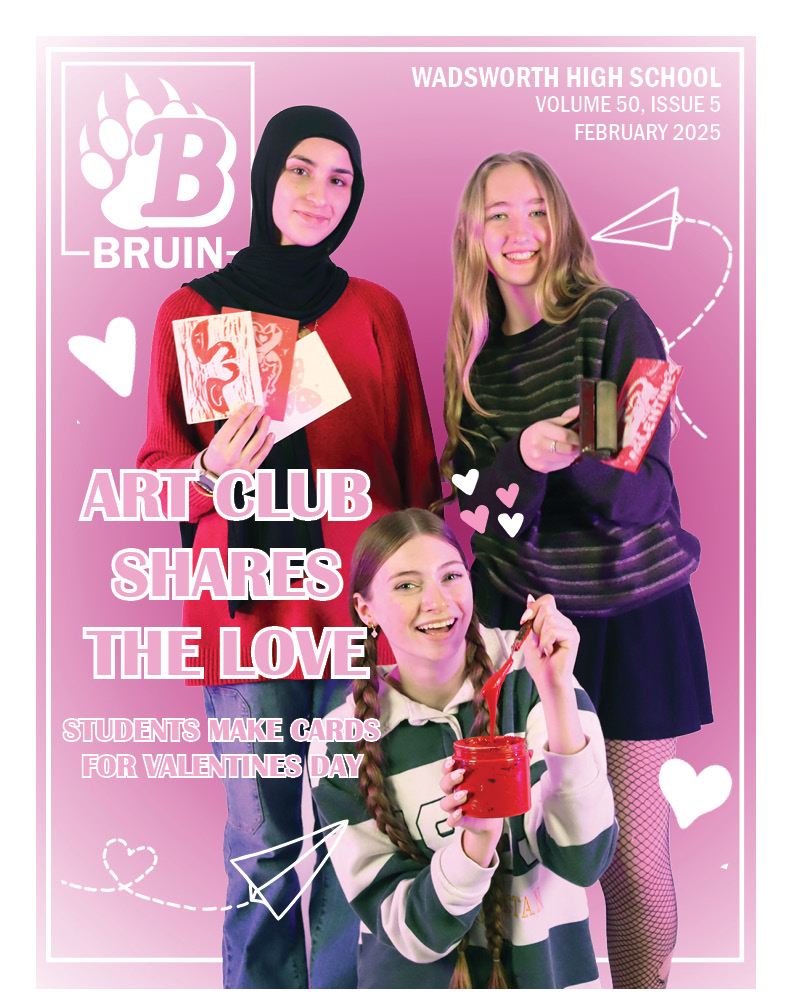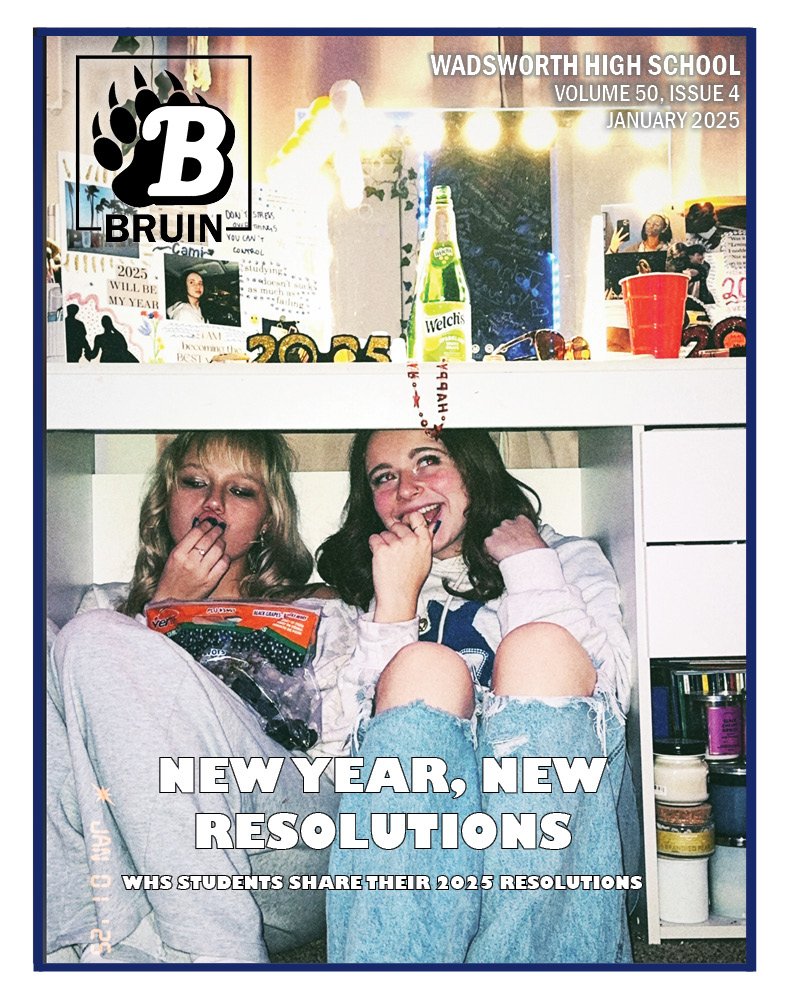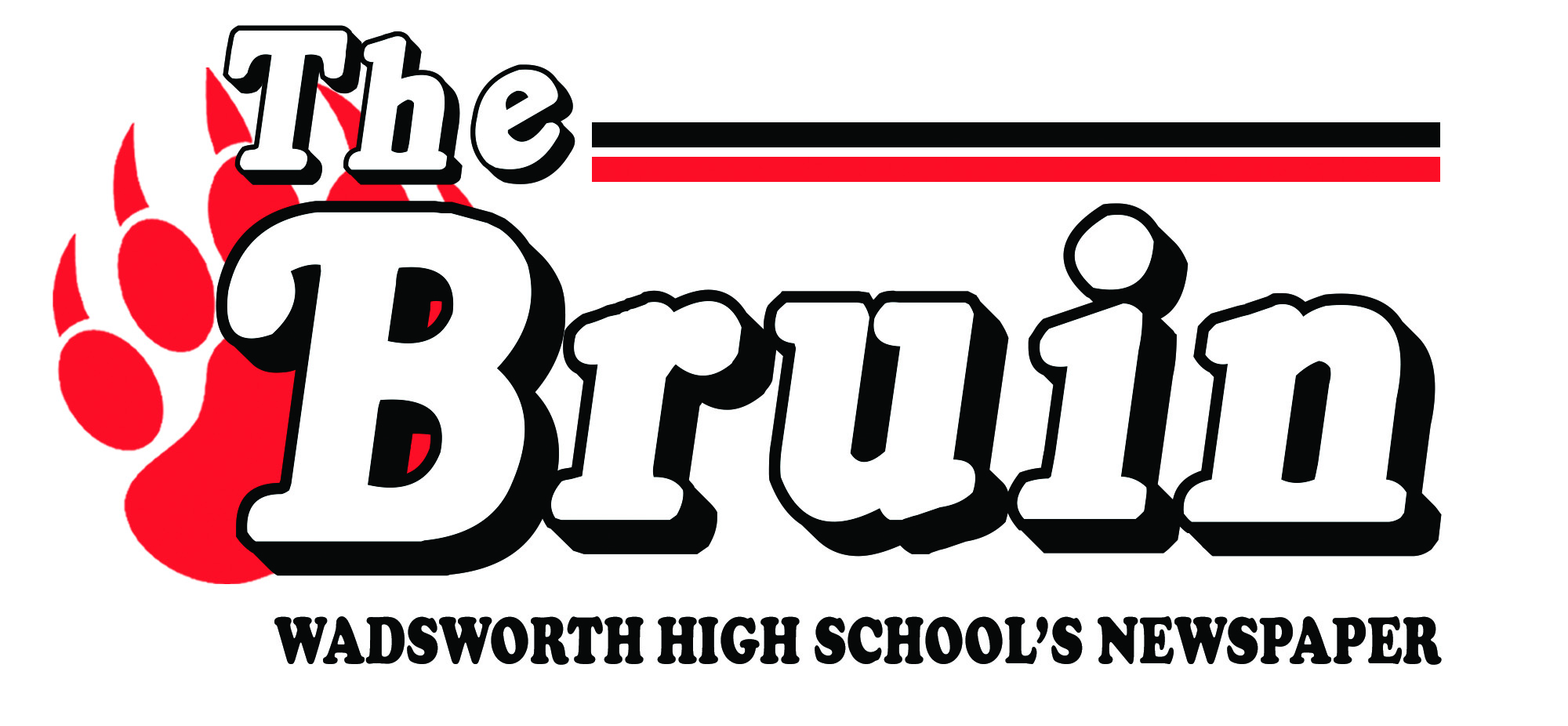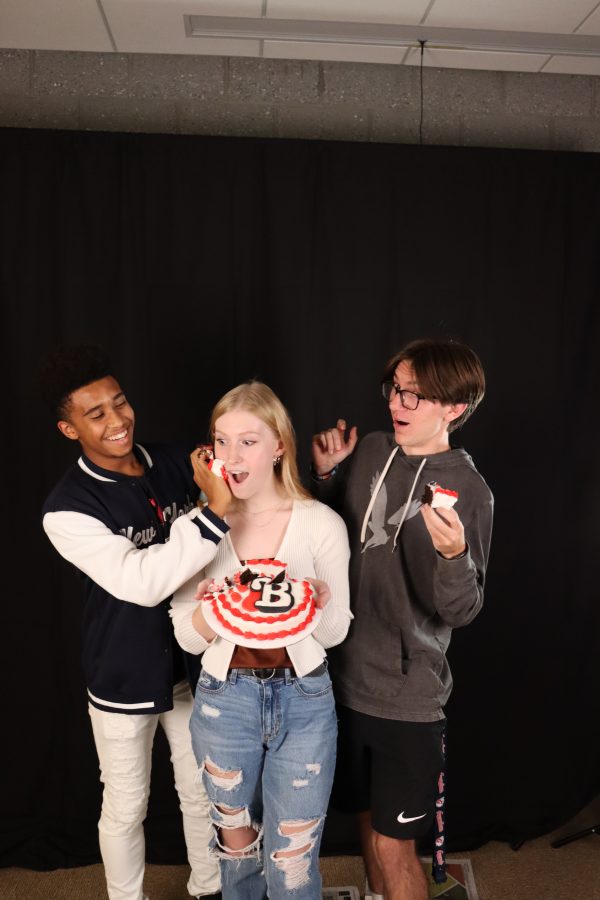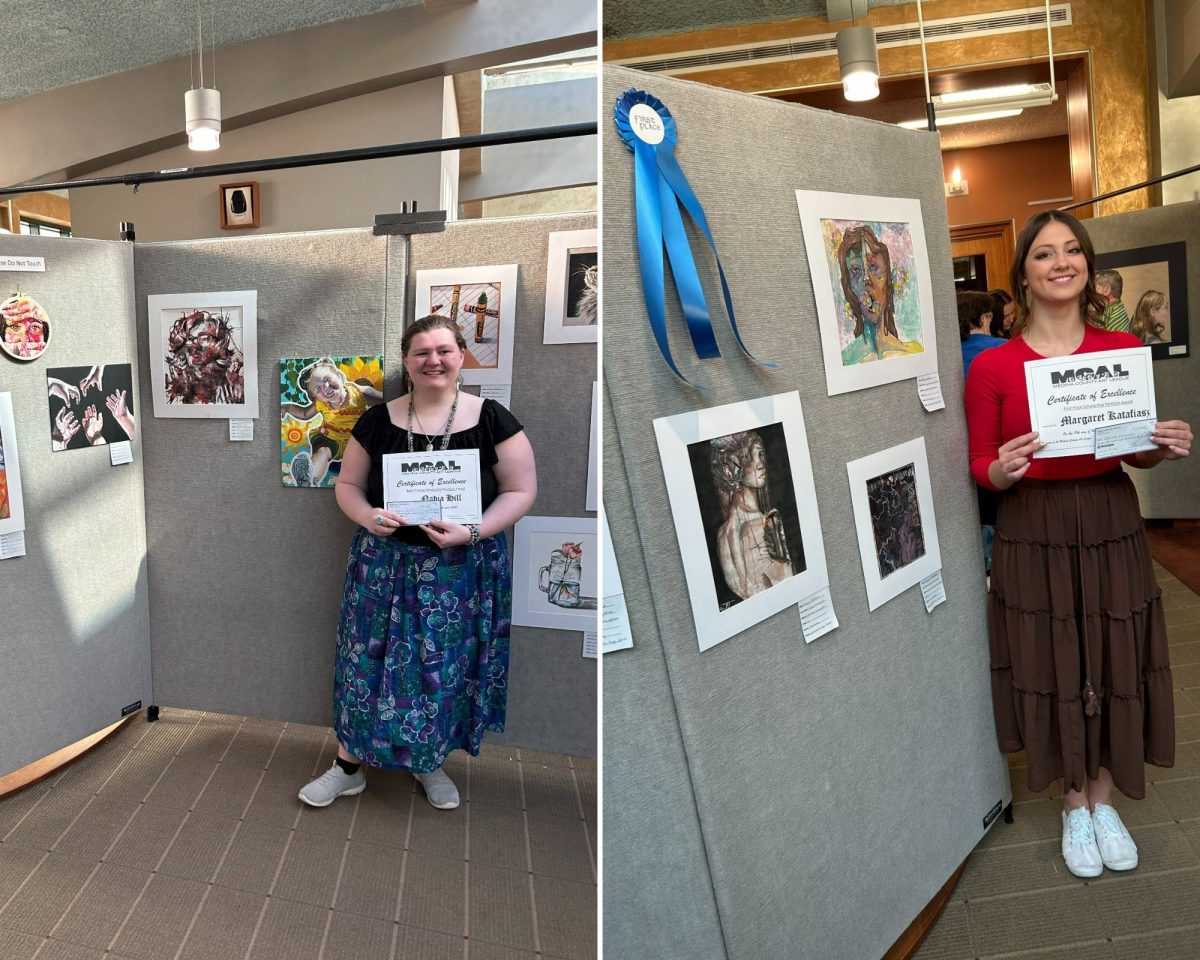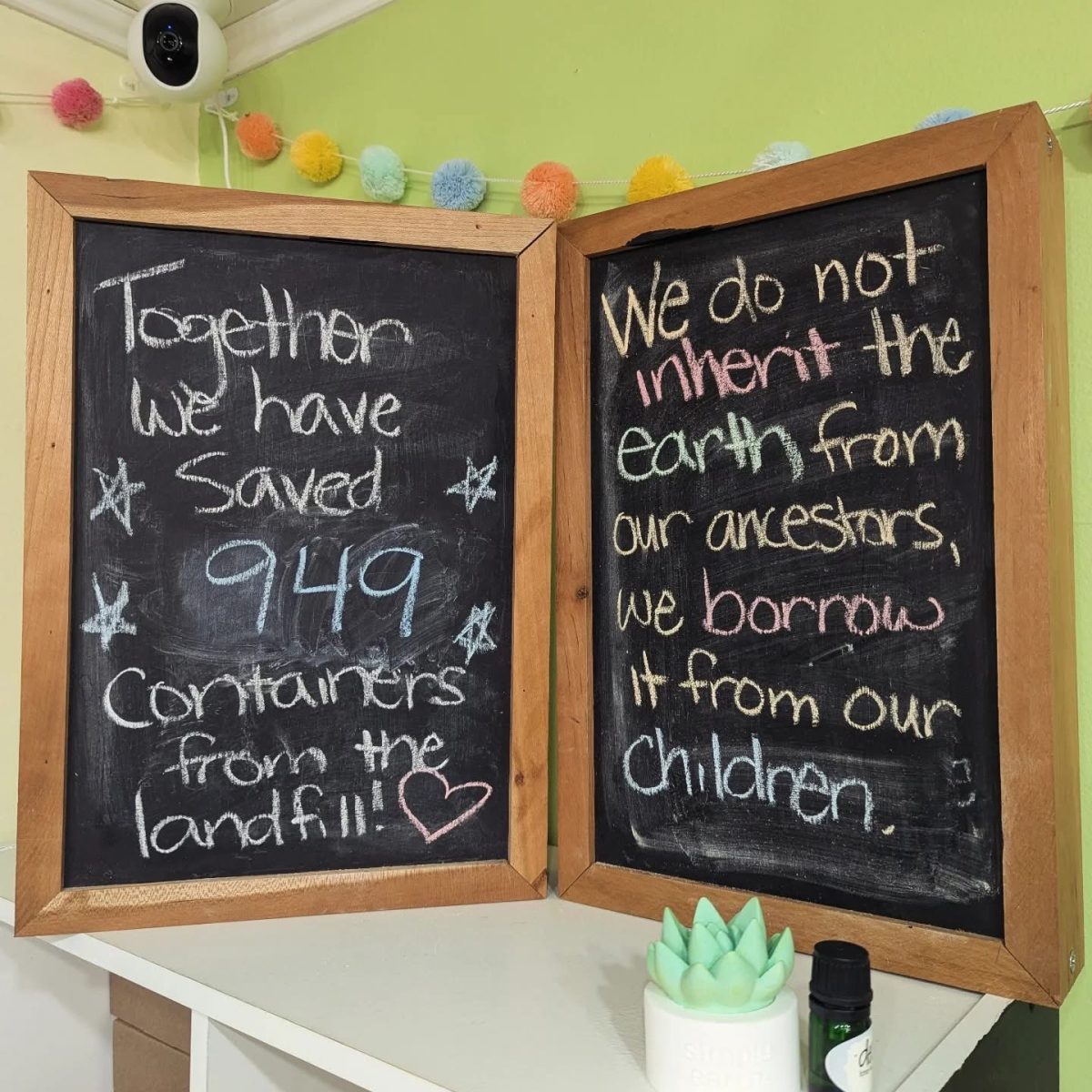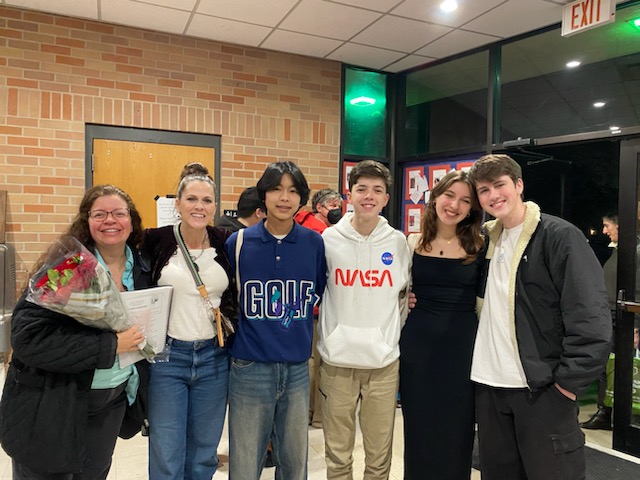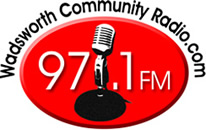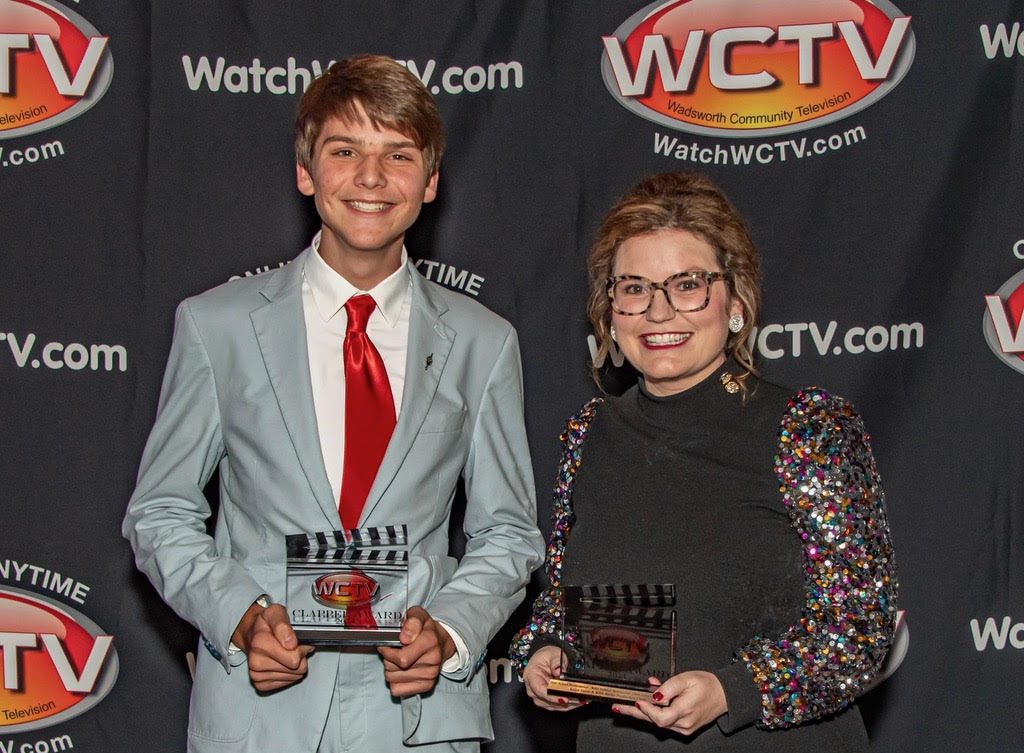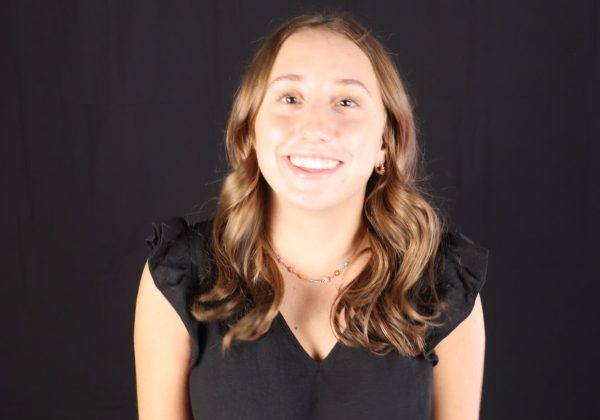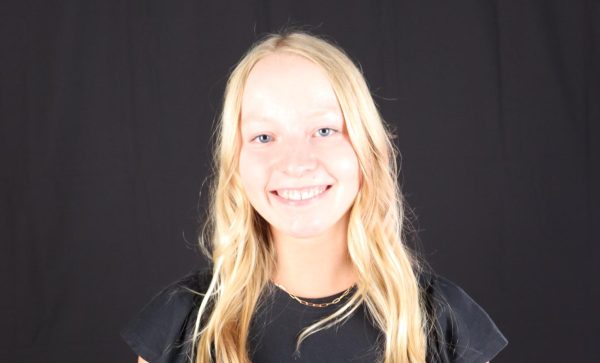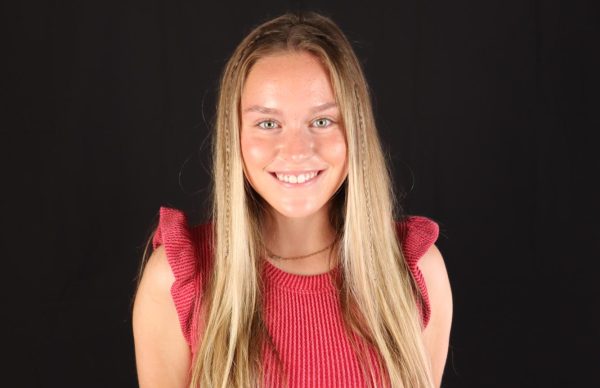BY MALLORY GERSCHUTZ, LIZZY EDWARDS, AND SYDNEY BLAKE
Wadsworth High School’s newspaper officially adopted the name The Bruin on October 19, 1967. 55 years later, it is now recognized as one of the most successful student-run newspapers in Ohio.

The Bruin has had a long journey to become what it is today. Behind all the awards and recognition is a history filled with secret underground papers, racing through snowstorms to meet deadlines, meetings with lawyers, and everything in between.
The earliest accounts of student journalism at WHS are found in the 1950s. According to WHS’s yearbook, The Whisperer, an official school newspaper was predated by a group of students who had formed what was known as the News and Views Club. They wrote updates about the different sports, clubs, and other activities going on in the school, which was published weekly in the local newspaper, Wadsworth News-Banner. The students’ work earned them a regular column in the paper. It was first named “W.H.S. Grizzette,” before being changed to “The Bear Facts.”
By the end of the 1950s, the News and Views Club had organized into a journalism class. The students continued writing columns for the Wadsworth News-Banner–this time in a more official setting. They also learned the skills needed to pursue a career in journalism.
The passion for journalism shared by these students culminated in the creation of the first official student newspaper at WHS. It was named Campus News, referencing the college campus-like layout of the recently built high school.

“The high school was laid out with several buildings in those days, hence a campus. It was very cold and windy between the buildings, but we liked being on a “campus” despite that,” said Tom Joswick, a staff member who graduated in the class of 1969.
Campus News quickly became an established part of WHS. It was a way for student journalists to showcase their talents to the public, as well as for the student body to stay informed about what was going on in their school. Even the name itself was an appeal; according to Joswick, many students felt pride in the design of their newly built school.
But less than a decade later, the name “Campus News” was all but erased from the vocabulary of WHS students. The content of the newspaper stayed the same. The layout style did not change. The stories were written the same as always. The only difference was the name at the top of the cover: The Bruin.
“A bruin is a bear, which plays off the Grizzly mascot rather well,” Gramuglia said.
According to John Gramuglia, the advisor for the newspaper from 1985 to 2016, this name was chosen because it was the winner of a school-wide contest. Yet for many students, it took a while to adjust to the new name. Ultimately, it was the aptness of the new name that made it stick.

The new name became official in 1967 with the October publication. It included an article on the front page wittily titled “Murder at WHS!” which referred to the “murder” of the name “Campus News.”
In the same year, an “underground” newspaper began to circulate. Known as the Bear Baiter, this paper was written and published by a Canadian foreign exchange student named Greg Warren, who was unaffiliated with The Bruin. While it lacked the thorough editing of the stories in the official paper, the Bear Baiter was still passed enthusiastically from student to student.
However, limited access to the mimeograph on which the Bear Baiter was printed resulted in a limited number of copies. In the end, the paper was only around for one year.
Back in the journalism classroom, The Bruin was only growing. The most popular stories of the time were profiles of certain stand-out students. These stories provided an opportunity for high schoolers to get to know their peers, especially if the student being profiled was one that they wouldn’t normally interact with.
“You didn’t have social media…in those days. So it was a way to learn something about some of the other students that you didn’t know or didn’t have a class with,” Joswick said.
As The Bruin continued to grow and become more popular, the staff started to feel the effects of their limited resources. The classroom they worked in was equipped with only ten typewriters to be shared among the entire staff.
The publishing process provided another challenge. First, each article needed to be typed up on a typewriter. Next, they were sent to the printer, which printed the text out with sticky strips on the back side. From there, the strips were stuck to a sheet to give a sense of how much space each article would take up.
“We literally would cut and paste the story on the layout,” Gramuglia said.
“You can imagine how difficult that was to correct errors,” Kovack said. “You had to go back into the system, correct it, and print the whole thing out again. You then also had to trim the copy to fit the graph paper page. If your copy was crooked on the graph paper, that’s the way it showed up in the newspaper.”
According to Mike Kovack, who was a staff writer from 1977-1979, the layout process was precise and allowed for no errors to be made.
The process took so long that the staff was often hard-pressed to get their issue to the printing company in time. Retrieving the printed paper presented a whole new problem. One year, two Bruin students drove through a snowstorm to the Hartco Printing Company in order to print up the December issue in time to sell before Christmas break.
“Every staff member was assigned a disc to save their article on. We had to rotate with a timer for each staffer to be able to use the computer,” Gramuglia said.
It was not until the late 1990s that the newspaper finally started to resemble the modern Bruin. Everything changed with the arrival of computers at WHS. Initially, The Bruin class was given one computer to share.
Still, the staff was thrilled with this new technology. The purchase of the Adobe Pagemaker program enabled them to lay out the paper on the computer and print it themselves. This saved valuable time, allowing the students to focus more on their stories.
Then, in 2000, principal Mr. Ron Jones announced that a 25 seat computer lab was being built for The Bruin to work in. Each student had access to a computer and all the features that came with it.

“It felt like we died and went to heaven,” Gramuglia said.
The Bruin finally had the tools to access its full potential as a newspaper.
The new, professional look of the paper attracted even more readers.
The attention had its downsides. Students were using the newspaper to raise their voice on a variety of topics, some more controversial than others. Stories criticizing school lunches, the dress code, and school spirit were always sure to incite contention. In one extreme situation, a student’s criticism of a local business necessitated the intervention of lawyers.
This inevitable controversy did little to weaken The Bruin’s growing momentum. In what would become the most popular story to date, the staff took on the responsibility of reporting on the story of 9/11.
Although Youngblood was nervous about how such a significant change might be received, she was pleased with how it turned out in the end. Throughout the rest of her time in The Bruin, she had the opportunity to help design a number of other covers in the magazine format.
“We did an amazing job getting through that day and covering the event afterwards in The Bruin,” Gramuglia said.
Other popular stories were about the new school being built, girls and boys basketball and wrestling winning the state championship, school levy passage and failure, and new administration.
In 2016, Gramuglia retired after 32 years of being the advisor for The Bruin. He was replaced by Eric Heffinger, who is currently still the advisor.
While Heffinger followed many of the precedents set by Gramuglia, he did initiate a major change: making the paper free for students.
Up until that point, students could only read The Bruin if they purchased it. The price was one dollar per issue, or five dollars to buy a subscription card for a year’s worth of issues. However, only a small percentage of the student body was buying papers. Gramuglia worked with Heffinger to find a way for all students to be able to read the paper for free.
“It was my goal to have everybody in the school get a newspaper,” Gramuglia said. “We felt like it’s really the kids’ school; it’s their newspaper.”
Before long, The Bruin went through another major change, this time in regards to the style of the paper.
Marraya Youngblood, editor-in-chief of The Bruin from 2018 to 2019, decided to switch The Bruin from a newspaper to magazine style after. This new style featured a front cover with a full-page image filling the background.
“Everything felt dated,” Youngblood said. ‘I knew we could do things that were new and cool.
Youngblood’s idea was inspired after attending the Ohio Scholastic Media Association conference at Kent State University. This conference hosts hundreds of students from surrounding schools and teaches them important skills in journalism and broadcasting that they can apply to their own creations. After seeing other schools that had designed more modern looking papers, Youngblood was determined to do the same for The Bruin.
“I didn’t think the newspaper was as popular as it could have been, so I was excited to take a chance and see if I could change things and make it better for everyone,” Youngblood said.
Youngblood proposed the idea to advisor Eric Heffinger at the end of her junior year. She created countless mock covers and revealed them to her staff. Heffinger and The Bruin staff loved the idea.
The first magazine-style cover featured an action shot of volleyball player Kacie Evans. This aligned with Youngblood’s goal for the paper to start taking more quality pictures, especially from sporting events.

“It’s really nice to know that I made an impact on the paper,” Youngblood said.
The experience of being part of The Bruin has had lasting effects on many students. Mike Kovack, who is now the Medina County Auditor, has taken many skills that he learned in his time on The Bruin and applies them to his job today.
“I learned some terrific writing skills, which still serve me well today,” Kovack said. “It also taught you how to work with people. There were always conflicting opinions of what should be in the paper or what should be covered and by whom and you had to work it out to get to the finished product.”
Evan Dammarell, the Associate Editor in Chief from 2010-2011, is now pursuing a career as a professional journalist.
“I am my own editor now because I’m fully independent,” Dammarell said. “The stuff I learned from being an editor [for The Bruin] is really helpful.”
Dammarell works in sports journalism, specializing in basketball. He now works with the Cleveland Cavaliers to write stories covering their season. Last year, Dammarell brought former staff member Julia Swain with him to a Cavs game to give her an experience of working in a professional journalism setting.
“The Bruin sparked my interest in journalism…My first story for The Bruin was about the Cavs, so it’s kind of funny how it came full circle,” Dammarell said.
The Bruin has experienced many changes over the years to become what it is today. But if there is one thing that has remained the same all these years, it’s the unique environment of different students working together to achieve the same goal.
“Every part of the school was represented,” Gramuglia said. “All the different kids were represented, and they got to know each other on a different level; the cliques were broken down. That’s what I like about it.”
The Bruin’s 55th anniversary is an opportunity to celebrate the dedication, commitment, and hard work of generations of Wadsworth High School students–and more to come.
Check out the Bruin Archives to view issues of the Bruin dating back to 1962! We do not have every issue of the Bruin, but we have most of them. If you have a past issue that you do not see in our online Bruin Archives, please contact [email protected] so that we can add it!
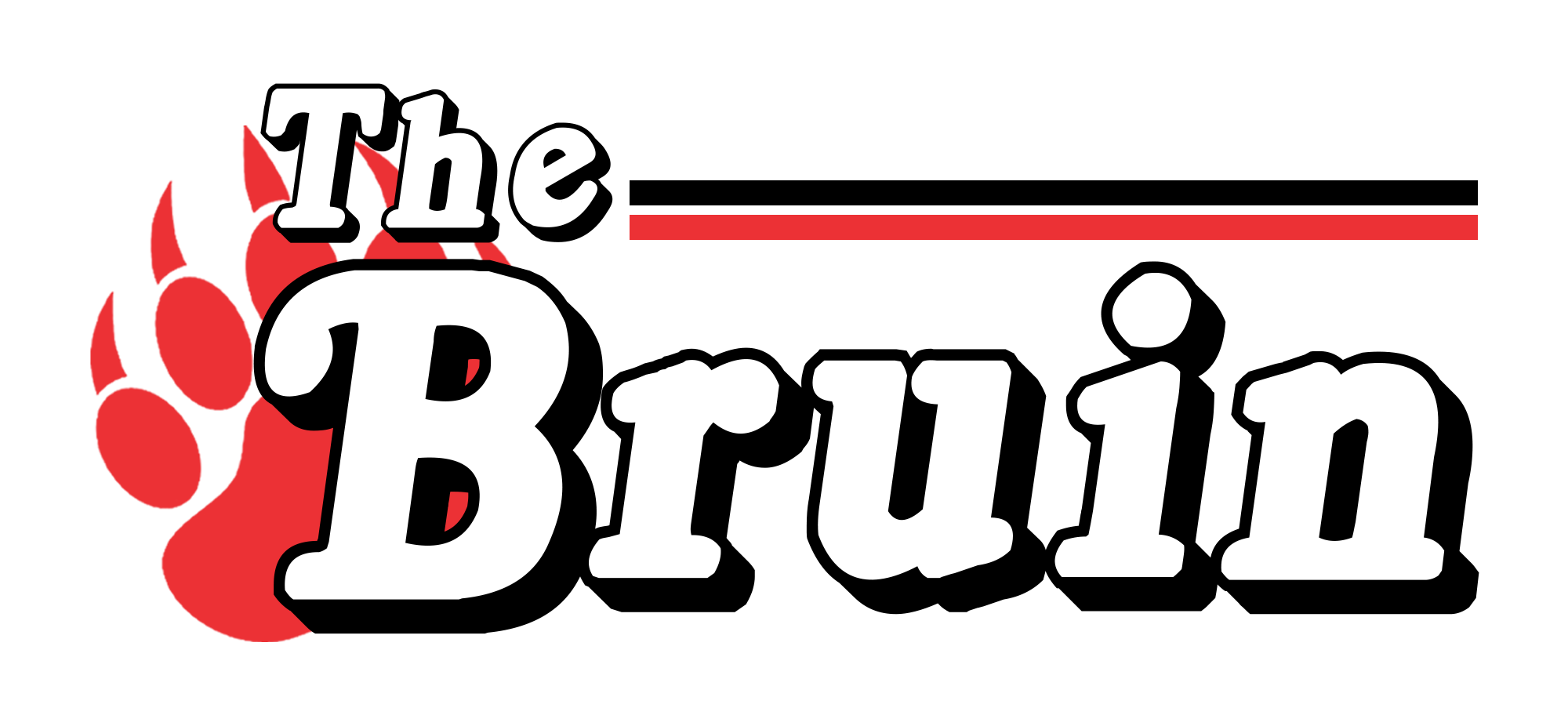
![Wadsworth's Class Of 2025 Walks At Graduation Ceremony [Photo Gallery]](https://wadsworthbruin.com/wp-content/uploads/2025/05/IMG_9018-1-1200x800.jpg)

